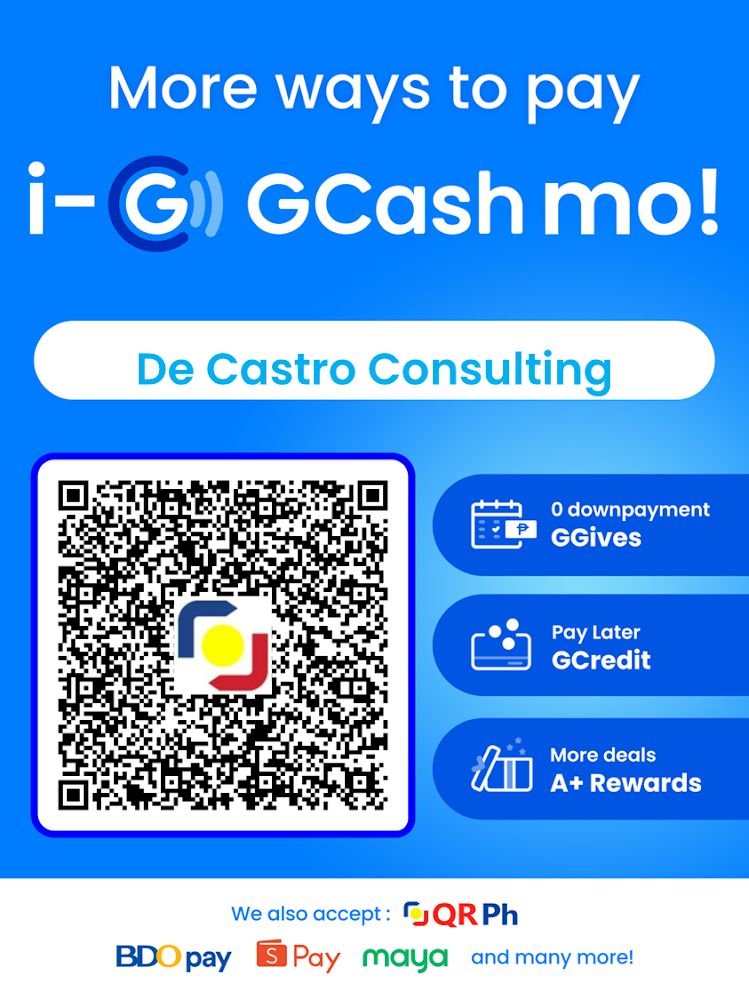- DCC Spaces
- Services
- About
- Careers
- Blogs
In today’s competitive landscape, effective employee benefits administration is crucial not only for ensuring legal compliance but also for enhancing employee satisfaction and retention. However, HR teams often face a variety of challenges that can hinder the smooth delivery of these benefits. In this blog, we’ll explore some of the most common challenges in employee benefits administration and provide actionable strategies to overcome them.
Challenge:
Employee benefits are governed by a myriad of regulations that frequently change. Keeping up with these changes can be overwhelming, leading to potential compliance issues and administrative errors.
Solution:
Challenge:
Employees may not fully understand the benefits available to them, leading to underutilization and dissatisfaction. Poor communication can also result in misconceptions about the company’s offerings.
Solution:
Challenge:
Manual processes and outdated data management systems can lead to errors, delays, and a significant administrative burden. This often results in employee frustration and inefficiencies.
Solution:
Challenge:
Balancing competitive benefits offerings with rising costs is a significant concern for many organizations. Budget constraints may force HR teams to make difficult choices that could affect employee morale.
Solution:
Challenge:
Even when robust benefits programs are in place, low employee engagement can render these programs ineffective. This lack of engagement can be due to poor awareness or the perception that benefits are not relevant.
Solution:
Conclusion
The administration of employee benefits is fraught with challenges ranging from regulatory complexities to communication gaps and rising costs. By adopting proactive strategies such as leveraging technology, enhancing communication, and regularly auditing data, organizations can not only overcome these challenges but also build a more engaged and satisfied workforce. Overcoming these hurdles ultimately leads to improved employee retention and a more competitive edge in today’s talent-driven market.
Recent Blogs
 Amount to Pay₱0.00
Amount to Pay₱0.00
You must scan the QR code, click continue to attach the screenshot (it is the only proof of payment) and you will be able to complete the purchase.
